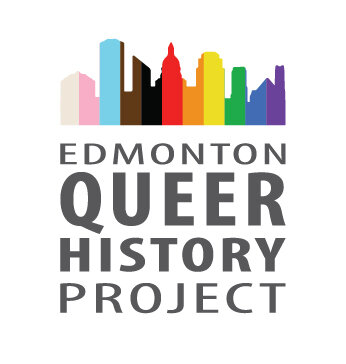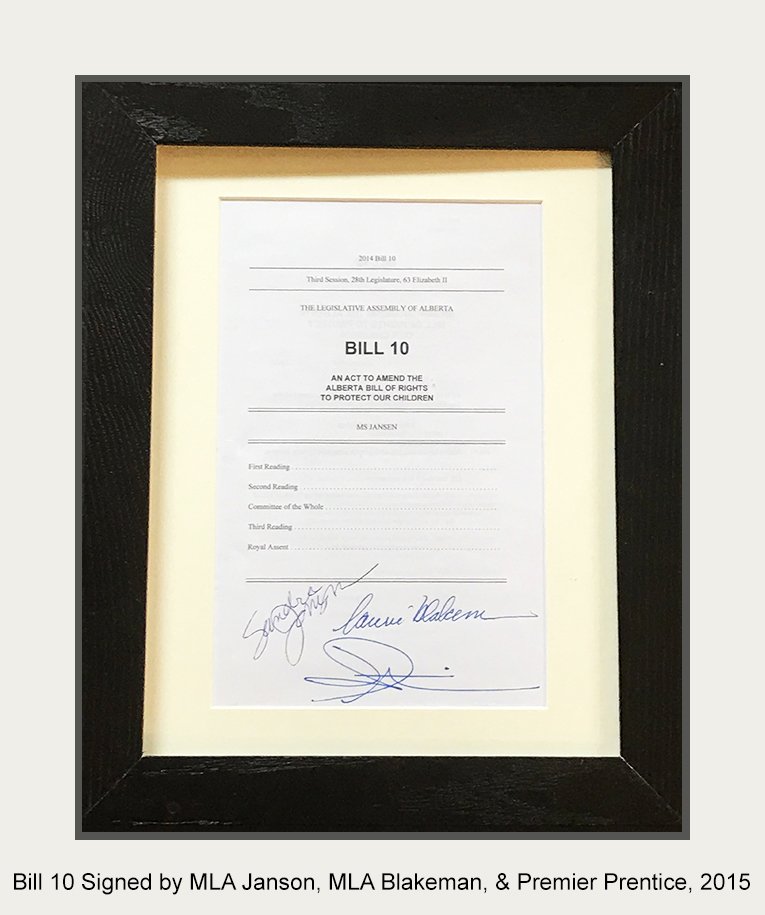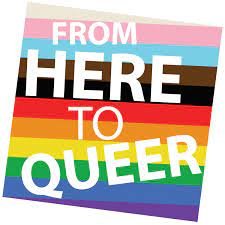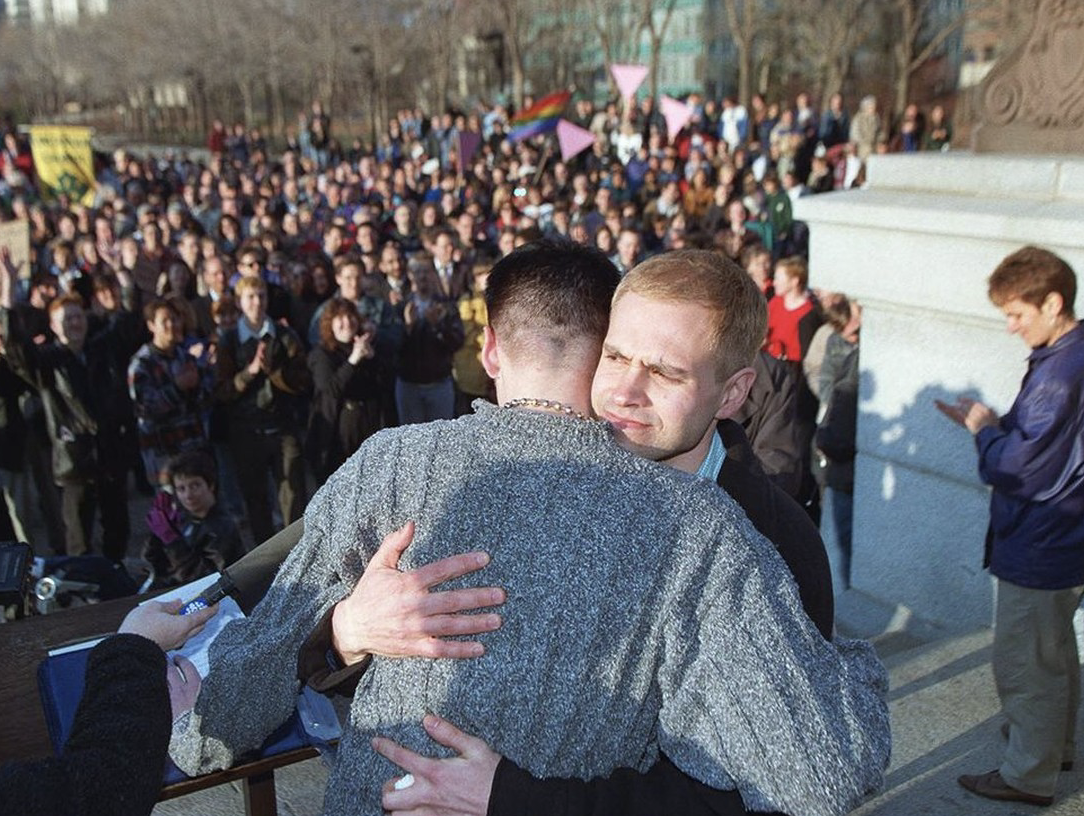CLICK HERE to continue reading full text on this page or download below
Almost immediately, the Edmonton chapter of the Gay Alliance Towards Equality (GATE), under the leadership of its founder Michael Roberts, began to lobby for the inclusion of sexual orientation. In just a few short years, GATE and Alberta’s LGBTQ2 population would meet their first major obstacle in the form of then Labor Minister Les Young. In 1979, GATE, now under the leadership of Bob Radke, was again presenting to the Alberta Human Rights Commission. The chairman of this Commission was Bob Lundgrian, an Edmonton lawyer who was notably opposed to human rights protections for LGBTQ2 people. Young defended his selection of Lundgrian, stating, “homosexuals must expect discrimination if they make their sexual preference obvious.” When asked about protections for gays and lesbians in the areas of work and accommodation, Young emphatically replied, “Why would the government enact legislation for a minority that would allow the public display in a workplace of a sexual orientation which as a generality is not accepted?” Douglas Goold, a formal Journal editorial writer with whom Young engaged in a televised debate, countered that “the government’s role is not only to reflect but to lead public opinion.” This outright rejection by the Human Rights Commission to bring this forward to the Legislature created what Rev. Philip Speranza of the Metropolitan Community Church called “a constant climate of fear” for Alberta’s LGBTQ2 population.






















